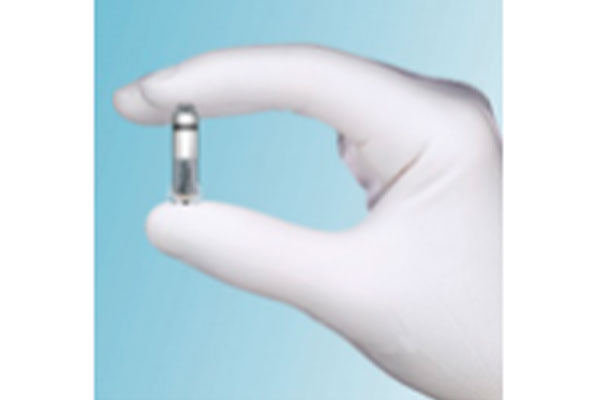What Is a Pacemaker?
A pacemaker is a small device that sends electrical impulses to the heart muscle to maintain a suitable and regular heart rate.
It is implanted just under the skin of the chest during minor surgery. The healthy heart has its own pacemaker that regulates the rate at which the heart beats. In some people there is abnormal electrical conduction causing slow heart beats and pacemakers can be helpful.
Types of Pacemakers
Single chamber pacemakers use one lead in the upper chambers (atria) or lower chambers (ventricles) of the heart.
Dual chamber pacemakers use one lead in the atria and one lead in the ventricles of your heart.
Biventricular pacemaker uses three leads: one placed in the right atrium, one placed in the right ventricle, and one placed near the left ventricle.
Pacemaker Implantation
A pacemaker is a small, battery-operated device. This device senses when your heart is beating slowly. It sends a signal to your heart that makes your heart beat at the correct pace.
- Newer pacemakers weigh as little as 1 ounce (28 grams). Most pacemakers have 2 parts:
- The generator contains the battery and the information to control the heartbeat.
- The leads are wires that connect the heart to the generator and carry the electrical messages to the heart.
A pacemaker is implanted under the skin. This procedure takes about 1 hour in most cases. You will be given a sedative to help you relax. You will be awake during the procedure.
A small incision (cut) is made. Most often, the cut is on the left side of the chest below your collarbone. The pacemaker generator is then placed under the skin at this location. The generator may also be placed in the abdomen, but this is less common. A new "leadless" pacemaker is a self-contained unit that is implanted in the right ventricle of the heart.
Using live x-rays to see the area, the doctor puts the leads through the cut, into a vein, and then into the heart. The leads are connected to the generator. The skin is closed with stitches. Most people go home within 1 day of the procedure.
Leadless Pacemaker Systems
In April of 2016, the newest innovation in pacemaker therapy was approved in the United States - the Medtronic MICRA transvenously delivered leadless pacemaker system.
Leadless pacemaker systems no longer involve the need for a pacemaker generator to be placed in the chest along with leads running into the heart - it is directly implanted into the patient's heart with no transvenous leads involved. This device is 93% smaller than a conventional pacemaker system.


Image of conventional transvenous pacemaker system compared to the new MICRA leadless pacemaker system
This technique is less invasive and involves using a transvenous catheter delivery system via the patient's femoral vein to insert a self-contained pacemaker system into the heart thus eliminating the need and complications arising from chest incision and wires running into the heart from the upper body venous system as with a conventional pacemaker system
The new leadless pacemaker system is generally safe for use with conventional MRI systems and has an estimated battery longevity on average of 12 years. As with conventional pacemaker systems, household appliances are safe to use. As well, patients can safely go through airport security metal detectors with this device with minimal concern.
The new MICRA pacemaker system is not intended to replace the conventional transvenous pacemaker system and you will need to discuss with your physician if you are a good candidate for this single-chamber ventricular pacemaker system. Indeed, the current MICRA system is only available as a single-chamber pacemaker device thus not applicable to those patients who need a dual-chamber system.

Comparison of traditional transvenous pacemaker system with MICRA leadless system – comparable to the size of a quarter- now placed in the bottom right ventricle of the heart with tines securing its position without the need for a wired system and traditional pacemaker placed in the upper chest.
How the leadless pacemaker system MICRA is implanted
Need a Doctor for Check-up?
Diagnosis, Diagnostics, and Efficient Treatment Plans All healthcare plans are accepted. Visit our qualified team of physicians today!
Copyright© All rights reserved Dr. Sujata S. Balulad Cardiac Rhythm Specialist. Website design and development by OpenPixel
